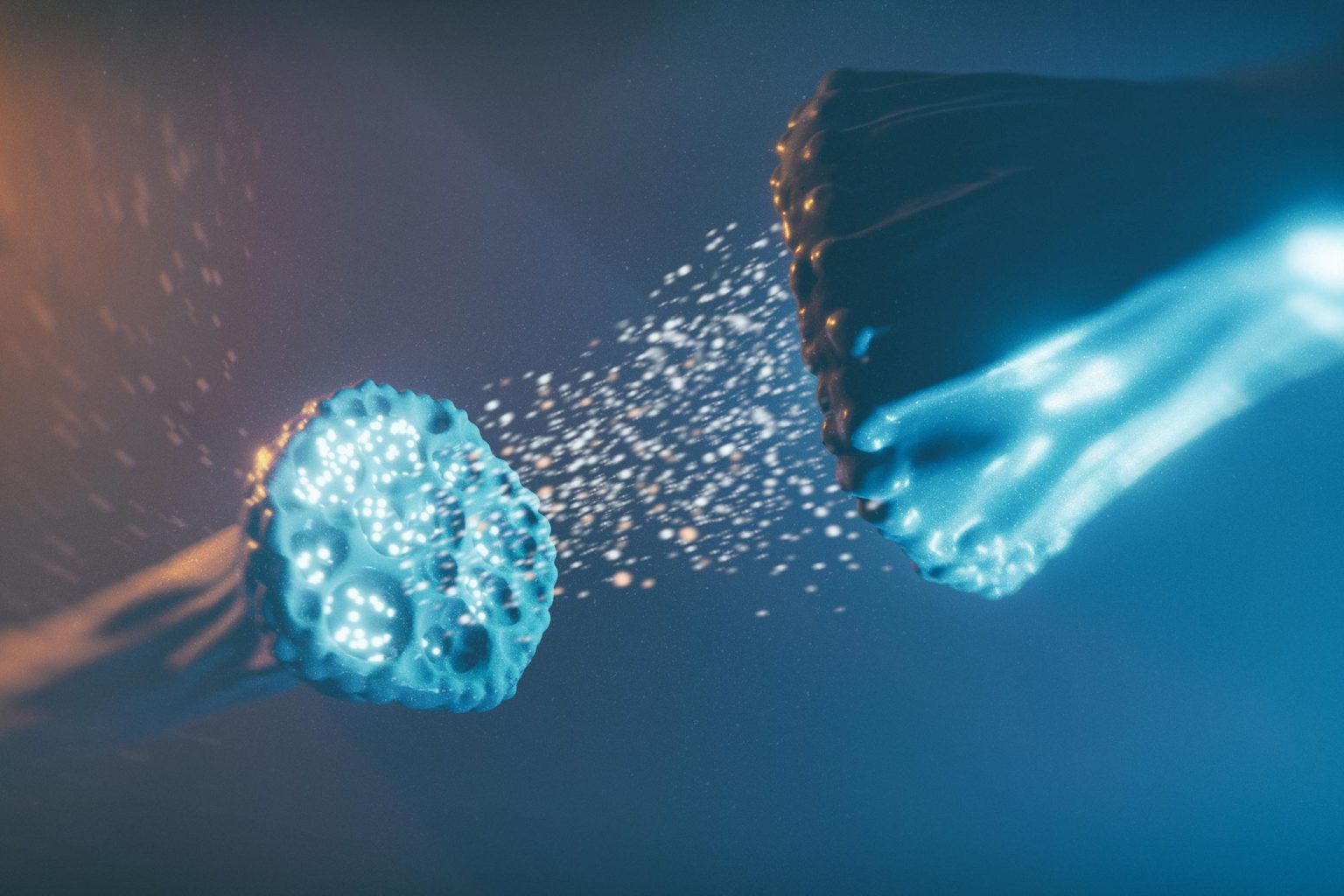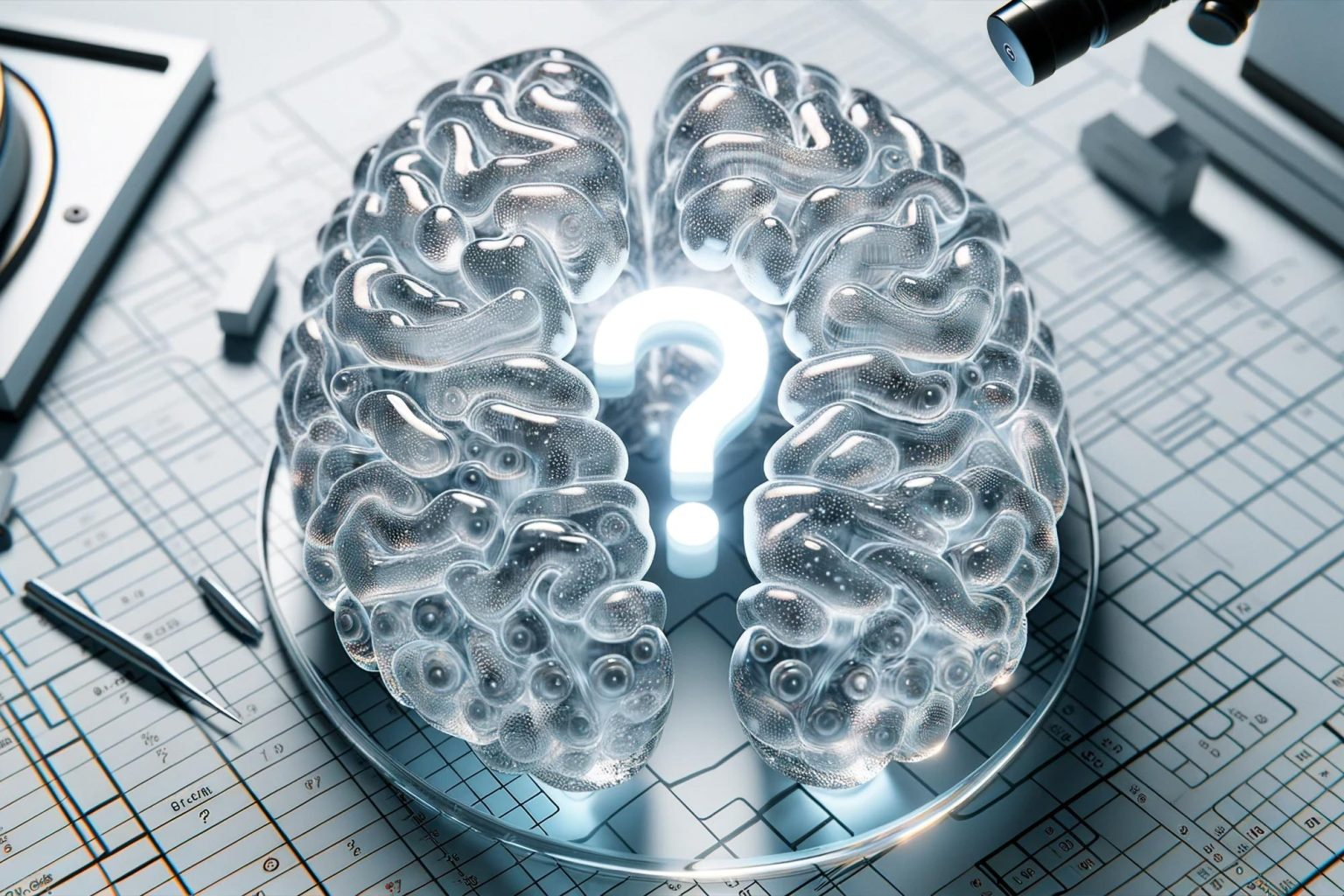"A new study utilizing advanced Neuropixels probes, provides insights into how the brain’s neurons enable the formulation and verbal expression of thoughts, revealing the pre-verbal planning of speech sounds. This breakthrough research, offering potential for developing speech prosthetics and enhancing treatments for language disorders, underscores the complexity and efficiency of the brain’s language production capabilities".(ScitechDaily.com,
The existence of so-called predicting- or router neurons is proven in terms of speech. There are neurons that predict what we say before we say it. Those neurons could be the router neurons, whose mission is to prepare neural tracks between the brain area to the motoric areas. That thing means that also human movements can require those router neurons, even if the only confirmed router neurons are connected with speech.
If somebody asks how Jedi from Star Wars movies can see things that person will make? The answer could be that Jedi simply hacks the router neurons that predict the speech. And maybe other things that people do. Only confirmed router neurons control the speech or they predict what people will say.
But logically thinking the other physical things like moving hands and legs require that the neural tracks be connected to the right muscles before a person can move those limbs. The router neurons are neurons whose mission is to make those connections and check them before neuromotor neurons start to operate.
Researchers found new types of neurons that predict our speech before we say anything. This neuron type is probably created to prepare and connect neural tracks that impulses travel in the right route from the brain shell into the neuromotor area that controls physical actions like moving the muscles in the mouth. Those predicting neurons are probably not unique in the human brain.
That means there could be another predicting neuron whose mission is to prepare other neural tracks like tracks that control the muscles. This thing is interesting because that is similar to the actions on the internet when routers are routing data from the server to the client. Those router neurons are the gate to the things that predict people's movements and all other things that a person can think.
"Scientists have discovered how neuron connections in the brain contribute to decision-making, revealed through a study involving mice navigating a maze. This research, led by neuroscientists at Harvard Medical School, marks the first to integrate structural, functional, and behavioral analysis to understand the neural underpinnings of choices. Credit: SciTechDaily.com" (ScitechDaily, How Does the Brain Make Decisions? Harvard Scientists Shed New Light)
The researchers also make new observations of how people make decisions.
How does our brain select what is the best solution? That is one of the most interesting questions in history. The Princeton researchers found that also neural tracks determine how the neural tracks affect the decision-making process.
The thing how the person makes decisions has not been uncovered yet. There is a model that the brain will compare memories with observations. And then they select the best way to act by connecting and comparing models that neurons stored in memories. That means the brain selects the right neural tracks for making the solution.
That seems best in that case. So by following this model the reason for violence is that the brain uses the wrong neural tracks in the wrong situations. And if we continue that model longer that thing means that things like panic are the result, because those predicting or routing neurons will misoperate.
When the neuron sends the operational order to the cells that should make the movement series, and they do have not those connections that means they cannot send a reply for the request that the mission is complete. Then the router neurons must find the right neural track so that the signal can find the right neuron group.
https://scitechdaily.com/how-does-the-brain-make-decisions-harvard-scientists-shed-new-light/
https://scitechdaily.com/researchers-discover-neurons-that-can-predict-what-we-are-going-to-say-before-we-say-it/





No comments:
Post a Comment
Note: Only a member of this blog may post a comment.